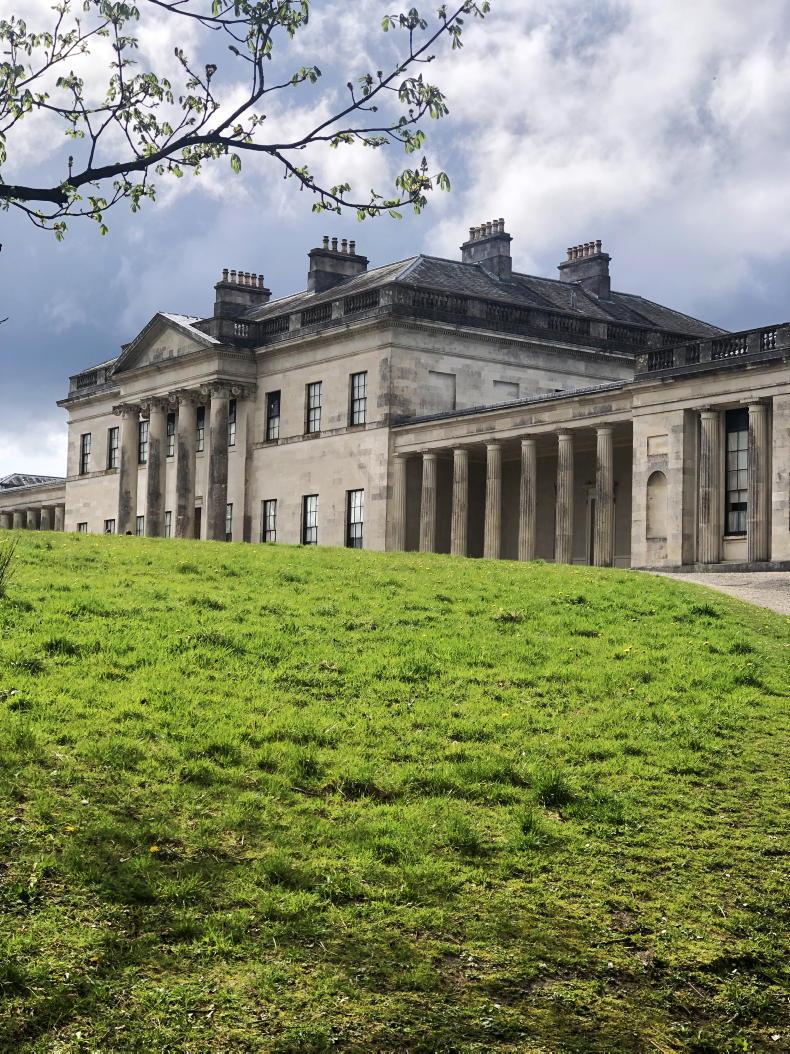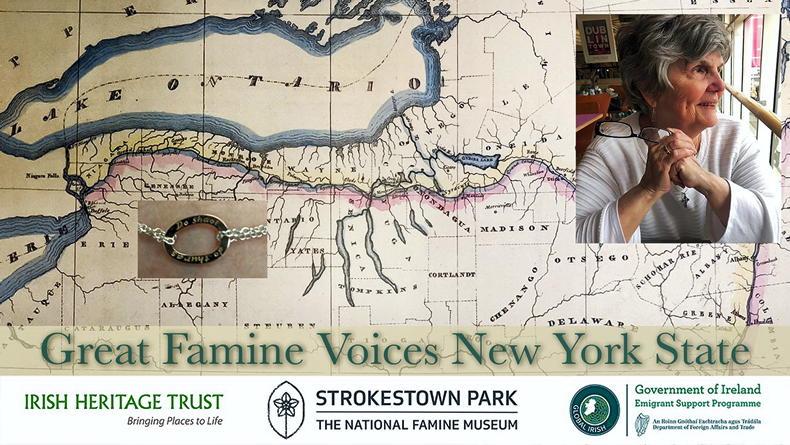Often you will see a list of countries or cities circulate on social media. The task: to count (and then re-post) how many you have visited. Many people will cheat a small bit “I was in Dubai (airport) on the way to such and such”, or “I was in Munich (airport) on the way home from such and such”.
Technically they don’t count but it bulks up the numbers. Travel, to some, is a badge of honour, with most young people encouraged to see the world “before kids and a mortgage” for all the benefits it brings.
I ran into this conundrum when I was bumping up my county numbers when planning my Irish Country Living holiday at home feature on Fermanagh.
Had I ever been to the Lakeland County and what did I see there? I deduced that as I had been to Neven Maguire’s fabulous MacNean House in Blacklion, Co Cavan – a village that shares a bridge with the Fermanagh village of Belcoo – I may have been. But did I walk over the bridge? Did I drive through Fermanagh on the way to that amazing meal? Now that I have spent a couple of days in the homeland of the ruling Maguire clan, I can safely say I have “done Fermanagh”. Albeit not sufficiently to not return to see what I missed.
The benefits of travel for health, stress reduction, education and creativity are well proven. But when reflecting on this country bucket list, I started to wonder if, due to climate change, non-essential air travel is at risk of becoming socially unacceptable. Europeans travelled extensively before the pandemic; 1.1 billion trips with overnight stays in 2019, which is two out of three people. That year, according to Eurostat, Danish people took nine trips, the Irish five and the EU average was 4.2 “tourism” trips per person per year. If you decide to take a trip this year, whether that is a package holiday or a self-booked excursion, Ciara Leahy has everything you need to know about your travel rights in Consumer Watch.

The tour of Castle Coole Co Fermanagh was the top pick of the trip for Raine McKeever. A great guide makes all the difference.
The origins of modern-day tourism are in fact centuries old. On our tour of Fermanagh’s Castle Coole, we learned about Somerset Lowry-Corry, the second Earl of Belmore.
He took – perhaps for education, perhaps for adventure or perhaps to escape his creditors – what was known in the 17th and 18th century as a “Grand Tour”.
Basically a long trip around Europe, the main purpose of which was to soak up history, culture and art.
Somerset may have travelled for the aforementioned reasons, but for many tenant residents of the “big houses”, travel was a necessity rather than a choice and especially so for the Irish. Another grand estate, infamous for its role in the Great Irish Famine of the 1840s, is Strokestown Park, which today houses the National Irish Famine Museum. Janine spoke with Dr Jason King about the museum’s recent redevelopment and details how the tragic past of this big house has been brought to life through a modern audio-visual exhibition.

National Famine Museum Strokestown Park House and Gardens
I mentioned my upcoming return to Neven’s (perhaps crossing into Fermanagh again). I want to thank everyone who entered our “Cook with Neven” competition to which we received over 1,000 entries. In much the same as Neven is reopening his cookery school doors for the first time since the pandemic, this will be my first proper opportunity to meet with readers again and I am really looking forward to that.
Read more
The great resignation? No! it’s actually the great re-evaluation
Holidaying at home in 2022? Get off the well-trodden path for a bit if you can
Often you will see a list of countries or cities circulate on social media. The task: to count (and then re-post) how many you have visited. Many people will cheat a small bit “I was in Dubai (airport) on the way to such and such”, or “I was in Munich (airport) on the way home from such and such”.
Technically they don’t count but it bulks up the numbers. Travel, to some, is a badge of honour, with most young people encouraged to see the world “before kids and a mortgage” for all the benefits it brings.
I ran into this conundrum when I was bumping up my county numbers when planning my Irish Country Living holiday at home feature on Fermanagh.
Had I ever been to the Lakeland County and what did I see there? I deduced that as I had been to Neven Maguire’s fabulous MacNean House in Blacklion, Co Cavan – a village that shares a bridge with the Fermanagh village of Belcoo – I may have been. But did I walk over the bridge? Did I drive through Fermanagh on the way to that amazing meal? Now that I have spent a couple of days in the homeland of the ruling Maguire clan, I can safely say I have “done Fermanagh”. Albeit not sufficiently to not return to see what I missed.
The benefits of travel for health, stress reduction, education and creativity are well proven. But when reflecting on this country bucket list, I started to wonder if, due to climate change, non-essential air travel is at risk of becoming socially unacceptable. Europeans travelled extensively before the pandemic; 1.1 billion trips with overnight stays in 2019, which is two out of three people. That year, according to Eurostat, Danish people took nine trips, the Irish five and the EU average was 4.2 “tourism” trips per person per year. If you decide to take a trip this year, whether that is a package holiday or a self-booked excursion, Ciara Leahy has everything you need to know about your travel rights in Consumer Watch.

The tour of Castle Coole Co Fermanagh was the top pick of the trip for Raine McKeever. A great guide makes all the difference.
The origins of modern-day tourism are in fact centuries old. On our tour of Fermanagh’s Castle Coole, we learned about Somerset Lowry-Corry, the second Earl of Belmore.
He took – perhaps for education, perhaps for adventure or perhaps to escape his creditors – what was known in the 17th and 18th century as a “Grand Tour”.
Basically a long trip around Europe, the main purpose of which was to soak up history, culture and art.
Somerset may have travelled for the aforementioned reasons, but for many tenant residents of the “big houses”, travel was a necessity rather than a choice and especially so for the Irish. Another grand estate, infamous for its role in the Great Irish Famine of the 1840s, is Strokestown Park, which today houses the National Irish Famine Museum. Janine spoke with Dr Jason King about the museum’s recent redevelopment and details how the tragic past of this big house has been brought to life through a modern audio-visual exhibition.

National Famine Museum Strokestown Park House and Gardens
I mentioned my upcoming return to Neven’s (perhaps crossing into Fermanagh again). I want to thank everyone who entered our “Cook with Neven” competition to which we received over 1,000 entries. In much the same as Neven is reopening his cookery school doors for the first time since the pandemic, this will be my first proper opportunity to meet with readers again and I am really looking forward to that.
Read more
The great resignation? No! it’s actually the great re-evaluation
Holidaying at home in 2022? Get off the well-trodden path for a bit if you can









 This is a subscriber-only article
This is a subscriber-only article










SHARING OPTIONS: